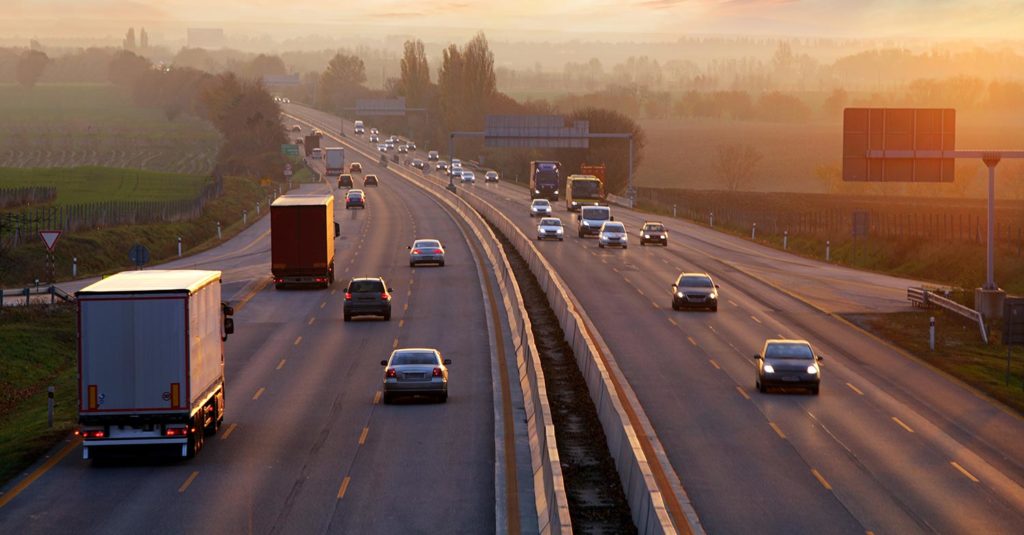Safer people, safer vehicles and safer roads
Fleets, HGVs, possible restrictions for new young drivers, older drivers, penalty points for no seatbelts and better drink-drive enforcement are amongst the very wide range of road traffic law issues coming under scrutiny in a Road Safety review to start later in 2019 with some possible changes in force starting as soon as 2020.
The aim is to eliminate persistent problem areas that contribute to injuries and deaths, despite the UK being the third best performing country in Europe for avoiding road deaths. Since 2010 the number of fatalities has remained the same. Whilst traffic has increased by 8% during that time new young drivers and older drivers are at high risk of being involved in accidents.
Set out below are areas within which work will be undertaken:
Drivers & passengers
- graduated driver licensing scheme for young drivers (with possible night driving and maximum passenger rules)
- safety belts: penalty points for failure to use
- mobile breathalysers for police roadside use (of court evidential standard)
- ‘alcolocks’ (alcohol ignition locks)
- cycle offences where serious harm caused (see Government consultation here)
- mobile phone misuse (analysis already commissioned due Summer 2019)
- older ‘third age’ drivers including eyesight issues.
Vehicles
- ban on tyres 10 years and older on buses, coaches and HGVs (see our article here)
- improved ‘direct vision’ in HGV design
- HGV sideguards (consultation on law changes)
- trailer safety
- motorcycles: helmets and training
- mopeds / e-bikes: use of powered two-wheelers by couriers in ‘gig economy’
- emissions and air quality
- automated vehicles: supporting testing, sale and use (see our article here)
- Automated and Electric Vehicles Act 2018 insurance automated vehicle measures (see our article here).
Roads
- study of rural roads (33% of all casualties and 60% of all fatalities)
- smart motorways: building on improved safety including variable speed limits
- speed awareness: use of 20mph limit zones
- review of pavement parking
- road collisions: evidence, data and analysis
- not to mention a new traffic sign for small wild animals!
This very wide ranging review will in some case lead to changes in the law (for example, old tyres on HGVs, buses and coaches will almost certainly be banned very soon). But some may be more debatable: should all new drivers have licence restrictions relating to night-time driving and passenger numbers because some primarily young male drivers drive badly? (Young male drivers are four times more likely than female drivers to be involved in accidents). How might this affect mobility in rural areas and where young people need to mobility to work at night?
The other question is the resourcing of enforcement: as has been previously highlighted by the Commons Transport Select Committee, who this year have been further reviewing road safety, any statistical fall in the number of road traffic offences recorded does not necessarily mean a reduction in road traffic offences committed, given that fatal accident figures are not falling: it may simply mean that offences are not being detected due to the significant reduction in road traffic police officers. Whilst the Review will look at agencies working in a more ‘joined-up’ and efficient way, including the use of technology, the issue of the need for greater effective frontline roadside enforcement resources will have to be examined.
Tags: Automated and Electric Vehicles Act 2018, automated vehicles, Drivers, Goods vehicles, Lawyers, Passenger vehicles, Regulatory, Road, road transport, Roads, Solicitors, Tim Ridyard, Traffic, Transport, Vehicle Automation
How can we help?
If you have an enquiry or you would like to find out more about our services, why not contact us?

